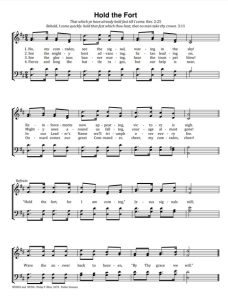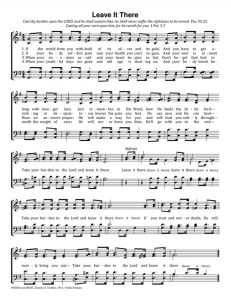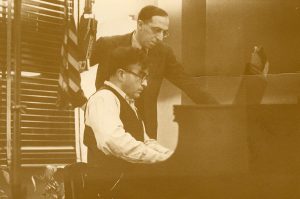While considering which art music composer to dive into this week, I became overwhelmed with the infinite details that envelope one of the course’s essential questions,
“What is considered to be true and authentic American music?”.
After nearly 2 1/2 months of research and lectures I still feel as if I have barely scratched the surface of what defines the American sound. Take MacDowell, for example, who felt that he was capturing the true essence of the American landscape by banking on the romanticized notion of the “dying” Native American tribes. Or Gershwin who, while successfully transcribing the musical idiom of jazz into a symphonic setting, borrowed extensively from traditional blues, folk, and jazz genres, creating piec es defined by a diverse and hazy collection of backgrounds and identities. Even artists practicing extended techniques, such as Henry Cowell, relied on East Asian influences amidst his tone clusters and “vanishing chords.”
es defined by a diverse and hazy collection of backgrounds and identities. Even artists practicing extended techniques, such as Henry Cowell, relied on East Asian influences amidst his tone clusters and “vanishing chords.”
This thought process ultimately led me to the year of 1952, where American experimental composer John Cage composed a piece of music entitled 4’33“. Equally famous as controversial, the piece centers around three movements (intended for any instrument or combination of instruments) that consists of four minutes and thirty-three seconds of silence. While at a surface level this piece could easily be described as a joke (or even be seen as an early example of what the kids are now calling “memes”), I think that Cage’s intentions behind it could potentially bring the silent work to the forefront of that dreaded and loaded essential question.
Live Performance of 4’33”: https://www.youtube.com/watch?v=JTEFKFiXSx4
In a series of revised letters and interviews by Richard Kostelanetz, Cage introduces and defines the purpose behind 4’33”:
“You know that I’ve written a piece called 4’33” which has no sounds of my own making in it…4’33” becomes in performance the sounds of the environment.”
Rather than writing for the sake of originality, Cage composed a piece that does not will any sounds from the composer or the audience, ideally causing both to merely become observers of their surrounding environment. It exemplifies a motion towards the music found behind “nothing” and the acceptance of non-intentional sounds in an artistic setting. While other American composers, including the aforementioned, have borrowed and elaborated on musical elements from a diverse background of sound (often resulting in an unintentional act of cultural appropriation), Cage was the first American composer to create an artistic space that captures an “environment” of sound void of any racial or ethnic infringement.
This is not to say that Cage could consider himself free of any cultural breaches throughout his career (or that this component of composition is intrinsically negative), but 4’33” is an interesting example of a composer temporarily distancing themselves from that reality. Unfortunately, Cage himself deemed 4’33” an unsuccessful attempt at making a non-dualistic structured piece of music (as he created and determined certain set “bounds” of the piece), but it certainly is, if not anything else, a commendable example of how music listeners should take a step back from the world of symphonies and sonatas and enjoy the natural, indeterminate sounds of the world around them.
Sources
Joelyhberg. “John Cage’s 4’33”.” YouTube. December 15, 2010. Accessed November 05, 2017. https://www.youtube.com/watch?v=JTEFKFiXSx4.
Shultis, Christopher. Silencing the sounded self: john Cage and the American experimental tradition. Univ. New Hampshire Press, 1998.




 es defined by a diverse and hazy collection of backgrounds and identities. Even artists practicing extended techniques, such as Henry Cowell, relied on East Asian influences amidst his tone clusters and “vanishing chords.”
es defined by a diverse and hazy collection of backgrounds and identities. Even artists practicing extended techniques, such as Henry Cowell, relied on East Asian influences amidst his tone clusters and “vanishing chords.”